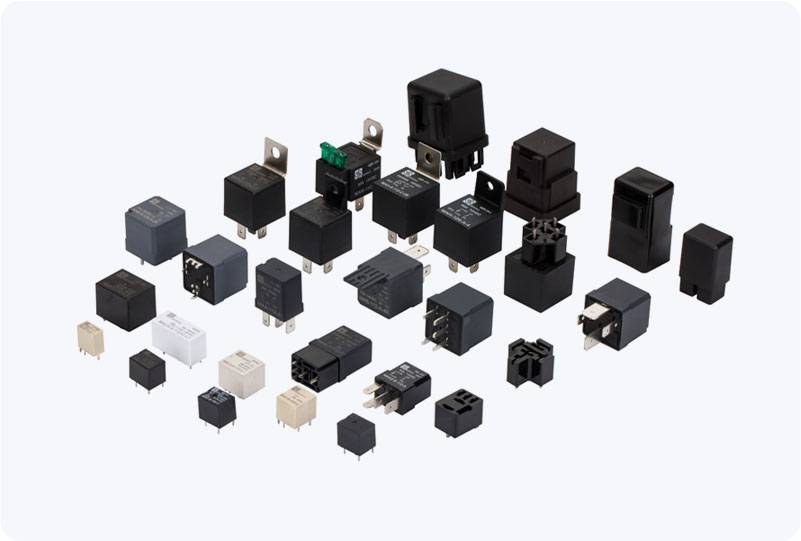In recent years, the use of lithium-ion (Li-ion) batteries has become increasingly prevalent across a wide range of industries, from electric vehicles (EVs) to renewable energy storage systems. As the demand for efficient, safe, and reliable battery performance continues to grow, Li-ion battery relay systems have emerged as a crucial component in battery management systems (BMS). These relays play an essential role in ensuring the safe operation of lithium-ion batteries by providing control over charging, discharging, and protection mechanisms. In this article, we will explore the function, importance, and applications of Li-ion battery relays.

What is a Li-ion Battery Relay? A Li-ion battery relay is an electrical switch that is integrated into a battery management system to control the flow of electricity between the battery and the external circuit. The relay’s primary purpose is to connect and disconnect the battery from the circuit based on various conditions such as voltage, temperature, and current. It ensures that the battery operates within safe parameters and that any potentially harmful situations are avoided by cutting off power when necessary. Key Functions of Li-ion Battery Relay Overcharge and Over-discharge Protection
Leave a Reply